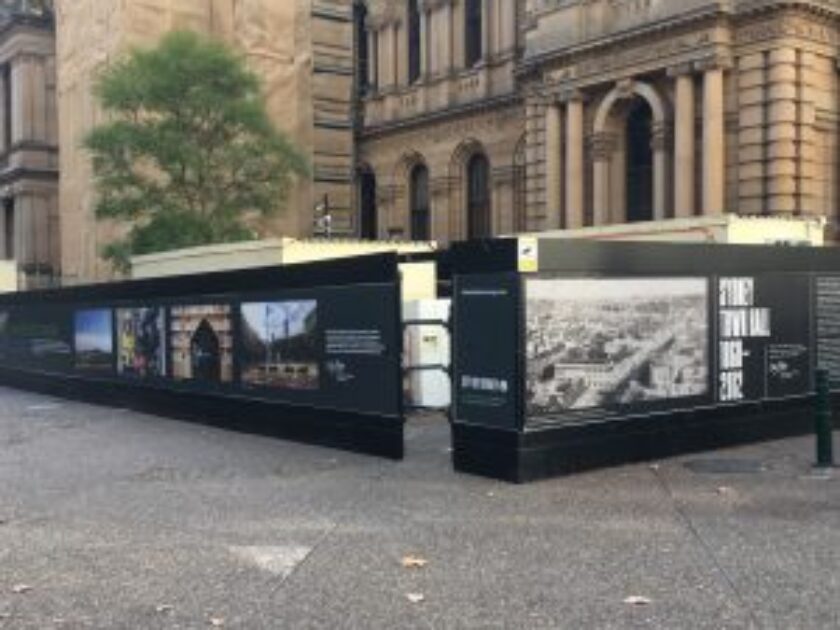Signage Printing: 5 Proofing Tips to Use Before Printing
 09 April 2020
09 April 2020 3 mins read
3 mins read
Your event is organised, your project development site set up, or your construction site ready to go. You've finalised the designs for your grand format signage. Only one thing left to do: send them off to be printed! Now comes the time to know a thing or two about signage proofing.
Straightforward? Think again! All too often, clients are called back within days of submitting their designs, with queries regarding the image types, materials, page bleed or colour modes. Save yourself (and the printers) time and hassle by nailing your submission the first time!
Here are a few tips and guidelines for getting it right.
Call in the Professionals
It might be tempting to cut costs by DIY-ing your grand format signage, but those gains will come back to haunt you, usually in the guise of revenue losses. As a consumer, there's nothing worse than being faced with signage that looks like a school project - it taints any trust you might have in the product. Homemade signage is also not as weather-proof or long-lasting as the materials used by professionals.
Your signs are an extension of your brand, so make sure they stand out for the right reasons!
Make the Materials Work for You
There are a lot of factors that go into choosing the right materials for your needs.
How often will you use the signs? If this is a one-off, you can choose cheaper materials that aren't so durable. On the other hand, if you intend to display the signs multiple times, select more expensive materials that can take a good dose of manhandling and won't fade. They'll also need to be easy to store.
Where will you use your signs? Materials that work well inside may not be so successful in the great outdoors. You might also want to consider coating your signage for extra protection against weather or vandalism. View our wide range of signage options here.
Vectors are Victorious
When printing image files, try to submit them in Vector form. This avoids them looking fuzzy and blurred when they're scaled up.
JPG files, or other bitmapped images, are constructed of individual pixels connected to fixed locations and colour values. Conversely, the shapes, lines and colours of Vector images are defined by mathematical equations, so they keep their sharpness no matter how big you go!
Vectors make everyone's life easier. You won't need to think about the resolution of the images you're submitting, and the professionals can manipulate your file in whatever ways they need to, without compromising the quality of your design.
Colour Mode: Fabulous!
Printers use a specific colour mode: CMYK. When you send in your design, make sure you've already set it to this mode. This simplifies the printing experience and means your colours are vibrant, deep and accurately rendered.
Don't Forget about Page Bleed!
Page bleed, or bleed, refers to the phenomenon whereby printed ink bleeds out right to the edges of the substrate. The solution? Factor in a 3-5 millimetre margin of space along the sides of your design, making sure it contains nothing but your background colour. This way, none of your essential design elements will be distorted, and you won't have to print on a larger substrate to then trim the edges.
Have a look at some of the signage projects we have worked on here.





